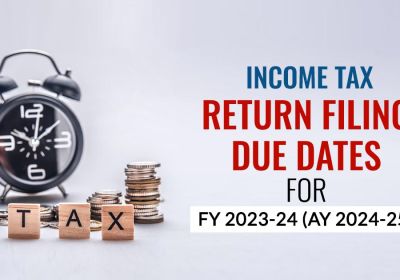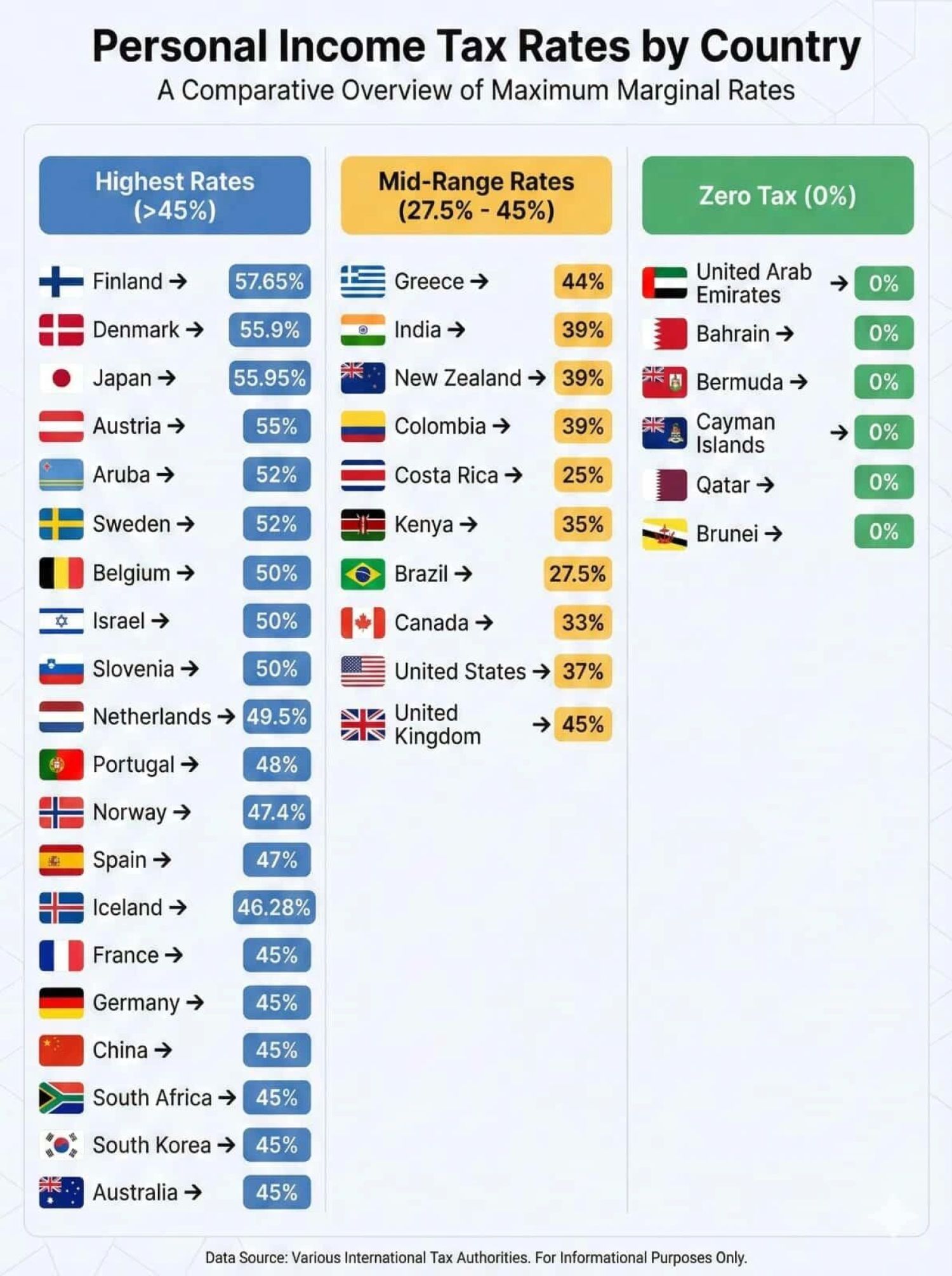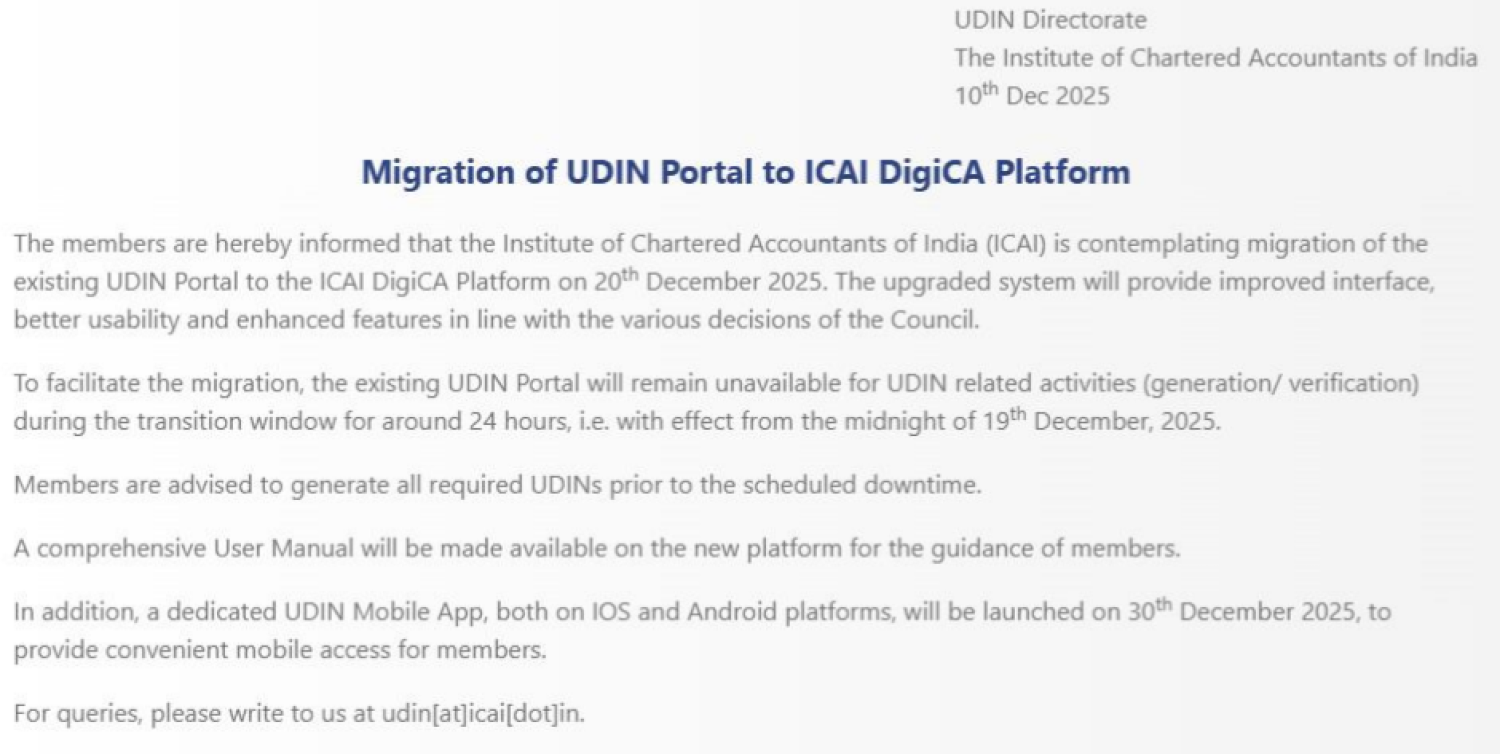
Countries that are emerging are largely supported economically by the country's manufacturing sector. But when all other emerging economies are seeing an increase in manufacturing sector growth, India is a way behind. The topographical and the demographical position of India are promising but the country has not been able to take advantage of these benefits. The manufacturing sector in India has been beleaguered by the multifaceted tax structure, insufficient infrastructure, and administration though it has the capability and resources to achieve a lot on a global platform. India’s manufacturing sector has been almost sluggish for almost 20 years and has only contributed merely 16% to the GDP. However, India can change over from an agricultural economy to a manufacturing one with proper determination by the Indian Government.
Gathering more funds and endowing them to the production sector the Indian government can revive India’s manufacturing sector as it knows it has a lot of importance. The “Make in India” program was launched to make India a manufacturing center and therefore was heavily broadcasted. The program provides incentives for various National and Foreign Companies and Businessmen to come to take investment initiatives in India which will help India to revive its Industry.
To become the production center the Indian Government realizes that it has to bring in tactical reorganization to make production in India economical and easy. The major modification that comes into account with the “Make in India” proposal is the execution of the Goods and Services Tax (GST). The new GST proposal will prompt an alteration of the complex tax structure into an amalgamated indirect taxation system. GST guarantees surging of tax will be reduced to increase production in India.
The GST will be a remedy that will create development and prospects for entrepreneurship in India. The effect of regulating the indirect tax system will be vast on businesses and companies to calibrate different manufacturing aspects such as manufacturing time, its cost, supply of the goods produced distribution of the goods, etc. To calculate the impact of the GST on business, business strategies have to be systematically evaluated.
Impact of GST on Manufacturing Industry
- State incentives
According to the incentives proposed by the states under the increase in investment policies it holds, companies have already outlined their investment options. These inducements are generally in the form of tariff incentives (lesser taxes rates, refund of taxes, etc.) and non-tariff incentives (lesser electricity bill, etc). Under the proposal, the freedom given to the states will be shortened to gain uniformity. Some businesses may have to redesign the strategies that have chalked them up in view of the earlier incentives about which nothing is mentioned in the GST.
- Area-based incentives
The production units located in backward regions enjoy the tax exemption features. But there is no such rule about the exemption in the GST act. Now as there remains confusion among the businessmen regarding this issue, they should directly approach the government with their respective concerns and ask for compensation in return.
- Increased working capital
All manufacturing sectors require capital and will therefore be affected by any impact on it. In the current scheme of taxation, taxes are not to be levied on stock transfers. But under the GST act stock transfer will be taxed as they will be considered as supplies. The GST will only be realized when the last supply is successfully completed. This will have a major impact on the liquid cash flow of the companies. They would have to change their strategies regarding cash flow to lessen its impact.
- Free supplies
Under the present acts, the free supply of goods and services will be VAT-free. Special kinds of transactions will be considered as supplies and hence will be subjected to GST. Therefore this would lead to an increase in overall costs of free samples which are subject to GST.
- Discounts
After-supply discounts will now be excluded from the transaction value until such discounts are known at or before the time of the supply of goods and services. This is postulated the Model GST. Those who are still running under the old scheme of things are now required to evaluate the discount schemes where the amount of the discount is not known at the supply stage. Ex: volume-based discounts.
- Valuation of self-supplied
Stock transfers and branch transfers which come under self-supplies are things that are to be distributed under the GST model law. This model however does not talk about valuation procedures for such distribution and hence more specification is required.
- MRP valuation
Recently all the products which are packed from before to be sold to customers include excise duty no on the ex-factory transaction but on a specific part of the MRP. The excise duty increases as in most cases the MRP is always higher than the ex-factory transaction price. This results in an increase in the MRP and an unnecessary burden on the customer. But under the GST model, the producer will have to pay the GST on the transaction value and is creditable for all resellers until it reaches the final consumer. Hence the tax burden on the MRP will no longer remain.
- Cheaper production
All businesses face the task of lowering down the cost of production and simultaneously maintain the satisfaction of the consumer. This is why the manufacturing industry is a very competitive industry. Therefore the GST will lead to the reduction in the cost of production because the GST reduces the tax increment. The GST program should have allowed uninterrupted tax credit by removing the old indirect tax rule of no getting any tax credit of the central taxes over state taxes and vice versa.
- Free supply of goods
60% of the truck's travel time gets affected by the state-border checkpoints where there is always harassment about the products that are to be delivered, the region-based tax levied on them which altogether hampers the production process. These kinds of disorders reduce the proficiency and skill of Indian entrepreneurs as compared to international ones. The GST will help to solve this transportation problem. Though if the GST is not able to eradicate this problem, it will certainly make the border checkpoints hassle-free.
- Supply chain restructuring
Supply chain restructuring can be done by the following three characteristics of the GST which are- supply of goods will face an increase in 1% tax and the input tax credit levied on the inter-state sale. The extra 1% tax which serves as a replacement for CST increases the cost of production and hence the price of the products and is not accessible for credit.
The vital distinction between supply to oneself and supply from one person to another is not mentioned in The Constitution (122 Amendment) Bill 2015 which only talks about supply. People are expecting transparency about this “supply” in the GST ACT which is not yet played out by the GST council. There will be a major change in warehouse functioning to increase their profits if this change takes place.
- Increased compliance requirement
The GST has also another side except adding profits to the business. GST will increase the compliance necessities which were publicized earlier this year which is a change from the OECD’s guidelines.
- Area-based exemptions
The recent region-based exemptions will become immaterial as the GST will make the entire country confine into a singular market. The important thing about the GST Act is whether the area-based exemptions would be materialized or not as we don’t have the final GST act. Those who have already started producing thinking of this incentive would be at a loss if these exemptions are not introduced.
GST Rate
The GST proposal will be looked like a nice change in the indirect taxation structure of the country if the tax rates that are recommended by the government do not surpass the revenue-neutral rate (RNR) which the production sector is expecting. If the GST rates are higher, then it will increase the production cost and therefore there will be nothing left constructive about the proposal.
The Rajya Sabha is yet to pass the 122nd Amendment bill but the production units are assuming that the GST will be applicable from 1st April 2016. Manufacturing sectors are trying to bring about an alteration in their business strategy to go hand in hand with this proposal. But there are high hopes by the normal people, who are on the receiving end of the indirect taxes, for the government to propose a low RNR rate. This will not curb inflationary pressures on product prices. The GST Act will bring about a major change in the production sector once materialized in India.
Impact of GST on the Taxes
- Reduction of cascading taxes
The producers are able to cut off most of the input taxes which are associated with the production under the present indirect tax scheme. But the central sales tax cannot be cut off against the state taxes and vice versa. Hence the manufacturers’ are inconvenienced because they are unable to set the additional credit of central or state taxes. If the company pays central sales tax on inter-state purchases then it goes into the cost of the company and is hence not credible.
The cascading of taxes after the product has been completed is a major serious issue. The sellers and resellers have to give taxes on the inputs which are not creditable. Therefore the cost of the goods and services increases. This leads to an increase in competition in the Indian market.
The GST model includes a solution to the above-mentioned problems. It allows producers to set off taxes across the production value chain. Hence this will reduce the overall cost of production of goods and bring about a reduction in the cascading of taxes.
- Reduction of classification disputes
Excise duty and VAT are levied on different products at different rates and also certain exceptions under those two things create disputes. Therefore the manufacturing sector suffers classification disputes which cause unnecessary litigation procedures. Everyone is therefore expecting a balanced rate structure and reduction of exemptions with the introduction of the GST. This will cause less number of classification disputes and less litigation procedures.
- Supply chain restructuring based on economic factors
Distribution and supply of the goods and services are presently organized to improve indirect tax impact at various stages. Change over to GST should allow decisions to be taken to optimize business strategy. Producers have to make warehousing preferences that are often based on VAT rates in different states or between applicable VAT and CST rates. The introduction of the GST would allow producers now to take warehouse preferences according to economic efficiency. But the 1% origin tax on inter-state supplies would be an obstacle.
- Exclusion of petroleum from GST
Petroleum crude, motor spirit, high-speed diesel, natural gas, aviation turbine fuel are the five petroleum products on which the central government will continue to levy excise duty while on the other hand, the state governments will continue to impose VAT.
The credit of excise duty levied on particular petroleum is now accessible. Elimination of petroleum products from the GST will increase the production cost. It is because of the fact that under the GST scheme the excise duty levied on such products will not be creditable. Common petroleum products are used for various production processes for the manufacture of goods which need to be distributed by transportation which requires petrol.
Hence certain industries that require petroleum products as their main input will get majorly affected by the exclusion of petroleum from the General Sales Tax Scheme.
With the advent of the GST, the manufacturing sector will profit considerably. The reduction of cascading of taxes as well as the supply chain restructuring should profit the manufacturing sector heavily. But on the contrary 1% origin tax, exclusion of petroleum products from GST are major concerns. To uphold the “Make in India” scheme the government would want to look into these matters.

















